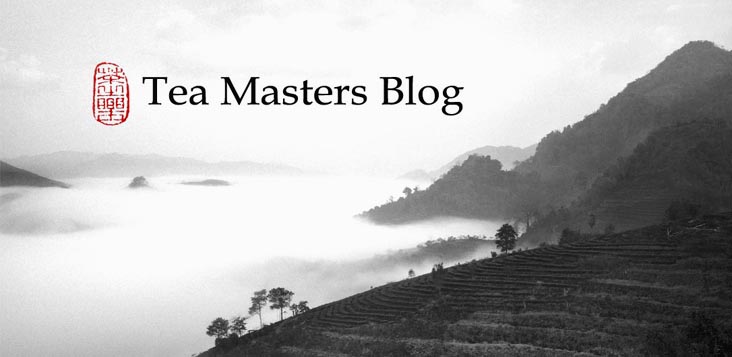One of the things that makes natural tea so fascinating is its smell. Each tea has its own. And there is no generic tea smell. And if you want to describe the smell of a particular tea, you'll end up using the scents of flowers, fruits, forests, meat, wood...! The scent of tea is particularly hard to grasp, because the essence of tea is to absorb the scents of its surroundings (soil, climate, neighboring plants...), its production process and its storage. There's so much we can tell from the smell of tea!
And the impact of a scent on our brain is unlike any other sense: there's no secondary center in the brain to analyze the sense of smell. The scents engrave directly in our memory. That's why we access directly into our memory when we smell a particular fragrance. This experience can help us recall certain moments of our childhood, when, for the first time, we have encountered a smell for the first time.
Sometimes, I struggle naming the smell of a tea. This was long the case with my 2011 spring wild Dian Hong, one of my favorite red tea.
It's very sweet with ripe fruits. It reminded me of a warm ice cream! I kept on having a memory of ice cream with this tea! This didn't make much sense. Nothing felt cold in this tea. On the contrary!
Last Friday, after this very relaxed, calm brewing, I found the answer!
This shiny and tasty little cups of tea had a fragrance of black currant!
I guess, the very first time I had this fruit was in the form of an ice cream, or maybe even as a warm sauce on top of the ice cream?! I feel a relief in identifying this fragrance, at last. I'm also transported back in time to my first spoon of black currant!
With this memory, my mind makes further connections: a happy meal, a special occasion, Christmas! (la buche glacée, the desert of Christmas meal).
My tea happiness is multisensory:
- the colors are powerful, shiny and warm,
- the baroque music is peaceful,
- the scent of black currant evoques pleasant memories,
- the sweet and refined taste of the tea lingers on my palate.
This moment doesn't seem to end. Each cup and each brew renews the pleasure of combining all these feelings into one wonderful experience. The pictures tell this story better than my words. Now, as I'm writing, I go into an analytical mode examining what happened to me with each sense. But during the chaxi, the moment of enjoying the interaction between tea and teaware, the interaction of the senses, everything melts into a unique moment of happiness.
The tall 'flower' shaped 'ivory' porcelain cup helps to retain the heat better than a wide cup. With the cooler temperatures, I find it a good idea to switch to this kind of cup.
Once emptly, these cups concentrate the scents of the tea like a wenxiang bei (tall and thin smelling cups). This scent is the most evanescent and another cause for amazement. How can an empty cup still smell so good and for such a long time!
The secret of this amazingly graceful red tea is the quality of its material: mostly wild (old trees) puerh buds that have been processed into Dian Hung!
Subscribe to:
Post Comments (Atom)



















No comments:
Post a Comment